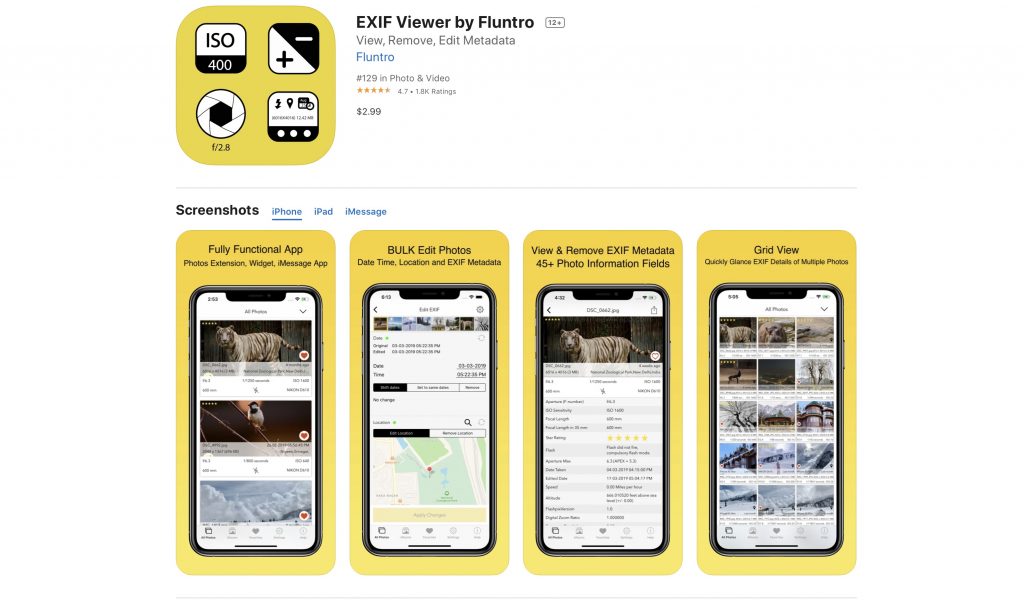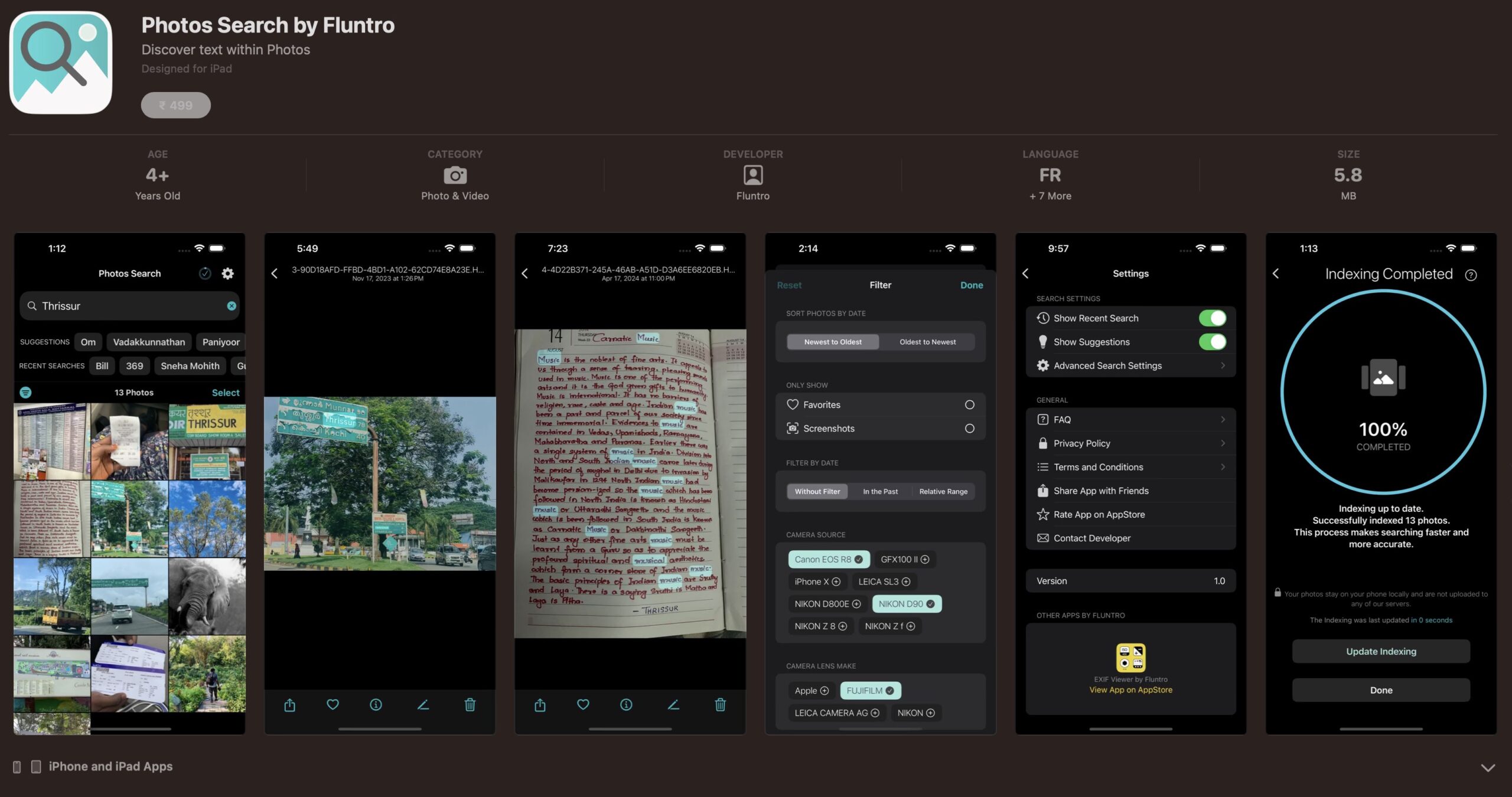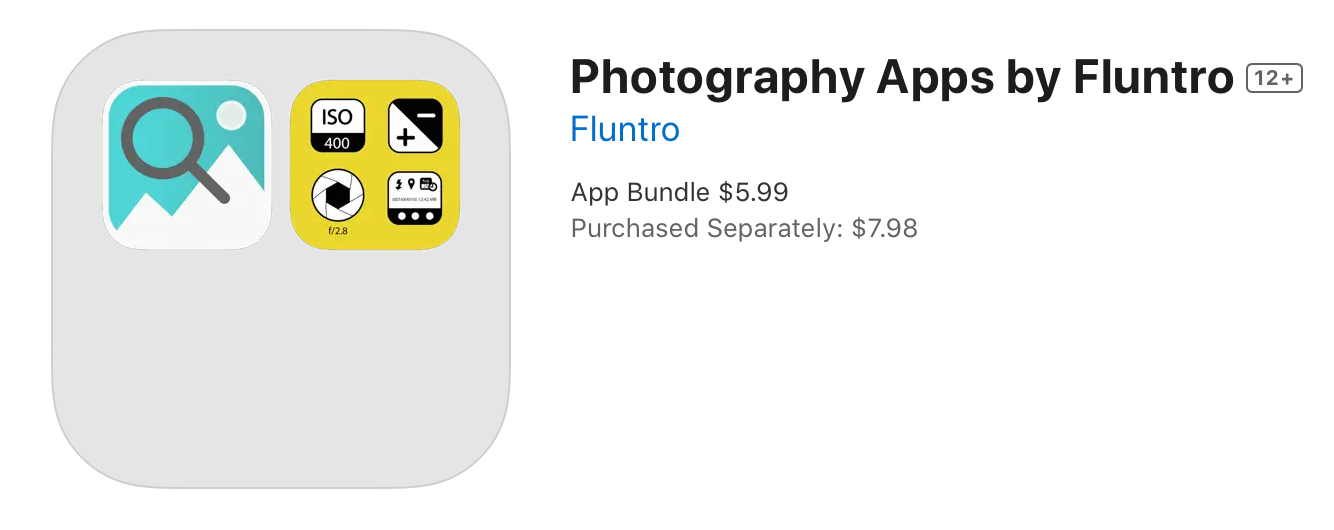DPI (dots per inch) and PPI (pixels per inch) are terms frequently encountered in the world of digital imaging, design, and printing. Understanding the difference between these two terms is crucial for ensuring the quality of your digital content, whether it’s for screens or print. In this comprehensive guide, we’ll explain the distinction between DPI and PPI, and when to use each term to achieve the best results.
DPI and Its Role in Printing
- What Is DPI?: Begin by defining DPI as “dots per inch” and explain that it is a measure of print resolution.
- Printing Process: Describe how DPI relates to the physical printing process, where printed images are created by placing tiny dots of ink on paper. Emphasize that higher DPI results in finer, more detailed prints.
- When to Use DPI: Explain that DPI is primarily used when preparing images for print materials such as brochures, flyers, posters, or any physical medium.
- Recommended DPI Values: Mention typical DPI recommendations for various types of print work, such as 300 DPI for high-quality color printing and 600 DPI for professional photo printing.
PPI and Its Role in Screen Display
- What Is PPI?: Define PPI as “pixels per inch” and explain that it measures the pixel density of a digital image for display on screens.
- Digital Displays: Describe how PPI is relevant to digital displays, where images are composed of pixels, and a higher PPI means a sharper and more detailed display.
- When to Use PPI: Explain that PPI is used when creating digital images, graphics, or designing for screens, including websites, mobile apps, and computer monitors.
- Common PPI Values: Provide examples of common PPI values for different devices, such as 72 PPI for web graphics and 300 PPI for high-resolution screens like Retina displays.
Clarifying Misconceptions
- Myths about DPI on Screens: Address common misconceptions, such as the belief that higher DPI settings on screens always result in better image quality.
- Resolution Independence: Explain the concept of resolution independence in digital design, where images can be scaled without loss of quality based on screen PPI.
Practical Considerations
- Image Editing Software: Mention how image editing software allows users to adjust both DPI and PPI settings. Provide examples of when to change these settings based on the intended use of an image.
- Image Conversion: Explain how to convert between DPI and PPI when needed, considering the physical size and pixel dimensions of an image.
- Design Best Practices: Offer best practices for designers and content creators on when to use DPI or PPI, depending on the project’s output, whether it’s print or digital.
DPI and PPI are fundamental concepts in the world of digital imaging. Understanding their differences and knowing when to use each term is essential for achieving the desired image quality, whether you’re designing for print or digital screens. By applying this knowledge, you can create stunning visuals that meet the specific requirements of your projects and ensure your content looks its best, whether in print or on screens.
Now get some information about the image’s size and resolution:
View Image Metadata including DPI with Third-Party App:
There are third-party apps available on the App Store that can display image metadata, including DPI, if available in the image file. Our App “Exif Viewer by Fluntro” can provide you with detailed information about an image’s properties, including resolution and DPI.
Appstore Link: – https://apps.apple.com/us/app/exif-viewer-by-fluntro/id944118456
- Visit the App Store on your iPhone or iPad.
- Search for “EXIF viewer by Fluntro“.
- Download and install the app. EXIF Viewer app allows you to view image metadata, including DPI, height, and width.

Video showing how to view DPI of an image on iPhone or iPad:
Checkout the preview video of Exif Viewer by Fluntro:
Related Topics:
– HOW TO CHECK DPI OF AN IMAGE ON YOUR IPHONE OR IPAD
– COMMON MISCONCEPTIONS ABOUT DPI
CHECK OUT THESE APPS FOR YOUR IPHONE AND IPAD:
1. PHOTOS SEARCH BY FLUNTRO
YOUR ULTIMATE PHOTO DISCOVERY COMPANION!
Photos Search app takes image searching to a whole new level by allowing you to search for text within photos effortlessly. Unleash the potential of your visual content and discover a seamless way to find and organize your images based on the words they contain. Whether you’re a professional photographer, an art enthusiast, or simply someone who loves exploring beautiful imagery, PhotoSearch is here to make your search for photos a delightful and hassle-free experience.
AppStore Link: https://apps.apple.com/app/photos-search-by-fluntro/id6471649312

Get two apps by Fluntro Team :Exclusive Bundle Offer

“Exif Viewer” for $2.99 and “Photos Search” for $4.99
Just for $5.99 instead of $7.98

2. KIANA
CUTE ELEPHANT STICKERS FOR IMESSAGE AND IOS
Express yourself with Kiana the Elephant’s adorable sticker collection!
With 66 charming stickers, there’s a cute expression for every mood. From daily chats to special moments, Kiana add joy and whimsy to your conversations. Share laughter, love, and fun with friends and family through these delightful illustrations. Explore a world of playful expressions, featuring Kiana in a variety of charming poses. Spice up your messages with Kiana: Adorable cute elephant stickers today!
Appstore link :- https://apps.apple.com/us/app/kiana-cute-elephant-stickers/id6504343965

Pingback: How to view DPI height and width of an image on iPhone and iPad - Exif Viewer App
Pingback: How to Check the DPI of an Image on Different Platforms - Exif Viewer App
Pingback: Common Misconceptions about DPI: Debunking Myths and Clarifying Concepts - Exif Viewer App
Pingback: How to change DPI of image ? - Exif Viewer App
Pingback: How to check DPI of an image on your iPhone or iPad - EXIF Viewer by Fluntro